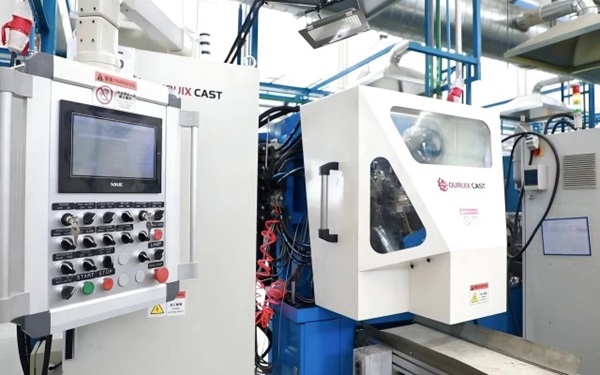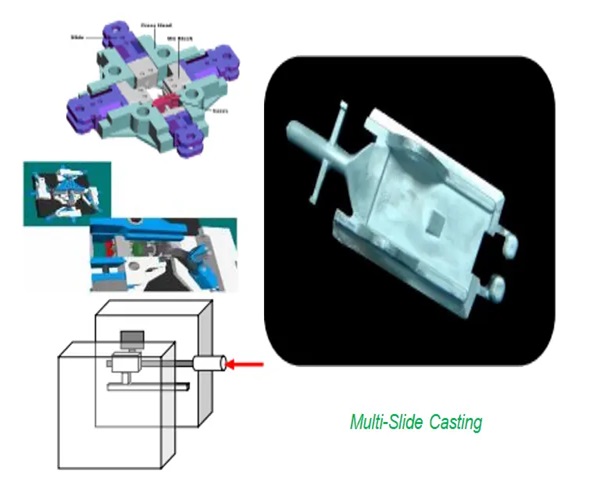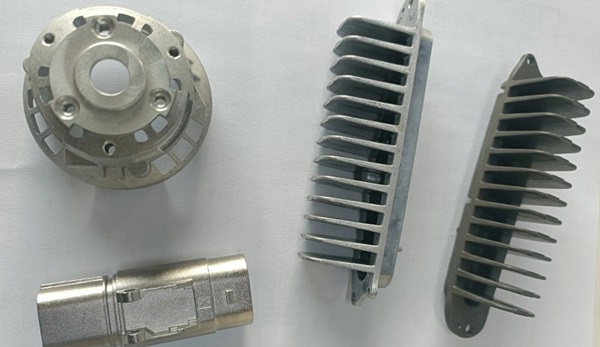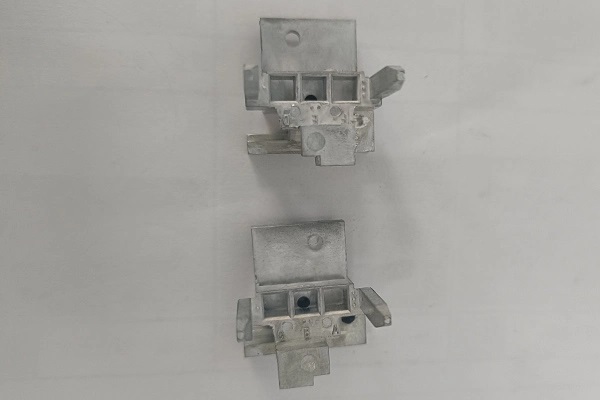Zinc alloy die casting stands as one of the most efficient metal forming processes available today, combining high precision with excellent surface finish capabilities. This manufacturing method involves injecting molten zinc alloy into a steel mold under high pressure, resulting in complex net-shape components with remarkable dimensional accuracy. The popularity of zinc alloy die casting stems from its unique combination of favorable characteristics, including superior casting fluidity, relatively low melting temperatures, and exceptional mechanical properties in the finished products.
The inherent characteristics of zinc alloys - particularly the Zamak family (Zn-Al-Cu-Mg) - make them ideally suited for producing thin-walled components with intricate geometries that would be challenging to achieve with other alloys. Moreover, the process enables high-volume production while maintaining consistent quality across thousands of casting cycles. However, realizing these benefits requires careful attention to numerous process parameters and material considerations throughout the production workflow.

Proper handling of the zinc alloy material begins long before it reaches the die casting machine. The selection of appropriate alloy composition significantly impacts the final product's performance characteristics. Industry-standard zinc alloys like Zamak 3 (Zn-4Al-0.03Mg) and Zamak 5 (Zn-4Al-1Cu-0.03Mg) each offer distinct advantages depending on the application requirements. The former provides excellent corrosion resistance, while the latter offers enhanced strength and hardness.
When preparing the molten zinc alloy, temperature control becomes absolutely critical. Maintaining the melt within the optimal range of 400-430°C ensures proper fluidity while preventing premature solidification during injection. However, excessive temperatures can lead to accelerated oxidation and dross formation, potentially introducing impurities into the castings. Regular skimming to remove surface oxides and careful monitoring of alloy composition help maintain melt quality throughout extended production runs.

The heart of successful zinc alloy die casting lies in the precise control of injection parameters. The relationship between injection speed, pressure, and timing determines not only the mold filling characteristics but also the final casting quality. High-speed injection proves particularly important for thin-wall applications, ensuring complete cavity filling before the alloy begins solidifying. However, uncontrolled high speeds may lead to turbulence and air entrapment, resulting in porosity defects.
Die temperature management represents another critical factor influencing the casting process. An optimally preheated mold (typically maintained at 150-200°C) facilitates proper metal flow while preventing thermal shock that could lead to premature die failure. Establishing and maintaining the correct temperature balance requires continuous monitoring and adjustment based on casting geometry and cycle times. Advanced temperature control systems utilizing multiple heating and cooling channels help achieve this delicate thermal equilibrium.

While both zinc and aluminum serve as popular choices for die casting applications, their distinct characteristics make them suitable for different production scenarios. Zinc alloys offer several notable advantages over their aluminum counterparts, including significantly lower melting temperatures (approximately 385°C for zinc versus 660°C for aluminum) that reduce energy consumption and extend tool life. This temperature difference also allows zinc alloys to achieve finer surface details and tighter tolerances in the finished products.
However, aluminum alloys surpass zinc in strength-to-weight ratio and high-temperature performance, making them preferable for applications requiring these specific properties. The choice between these materials ultimately depends on the product requirements, production volume considerations, and cost constraints. Interestingly, in some cases, the decision may actually boil down to secondary processing needs, as zinc alloys generally accept electroplating and other surface finishes more readily than aluminum.

Maintaining consistent quality in zinc alloy die casting demands vigilance against potential defects that may arise during production. Common issues such as porosity, cold shuts, and flash formation can often be traced back to improper process parameters or tooling problems. Implementing preventive measures such as optimized gating systems, proper venting design in the dies, and controlled solidification patterns can significantly reduce defect rates.
Establishing robust quality control protocols becomes equally important. Regular dimensional checks using coordinate measuring machines (CMM), visual inspections for surface defects, and destructive testing for mechanical properties verification should form integral parts of the production process. Additionally, statistical process control methods can help identify trends and prevent quality deviations before they result in significant material waste or production delays.

Mastering the art and science of zinc alloy die casting services require a comprehensive understanding of material behavior, process dynamics, and tooling requirements. By carefully controlling each stage of the process - from alloy preparation to final quality inspection - manufacturers can produce high-quality zinc alloy castings that meet even the most demanding specifications. The key lies in recognizing that success in zinc alloy die casting comes not from any single factor, but from the harmonious optimization of numerous interrelated parameters throughout the production system.
As industries continue to demand lighter, stronger, and more complex components, the importance of proper zinc alloy die casting techniques will only grow. Those manufacturers who invest the time and resources to understand and implement best practices will find themselves well-positioned to meet these evolving market demands while maintaining competitive production economics.